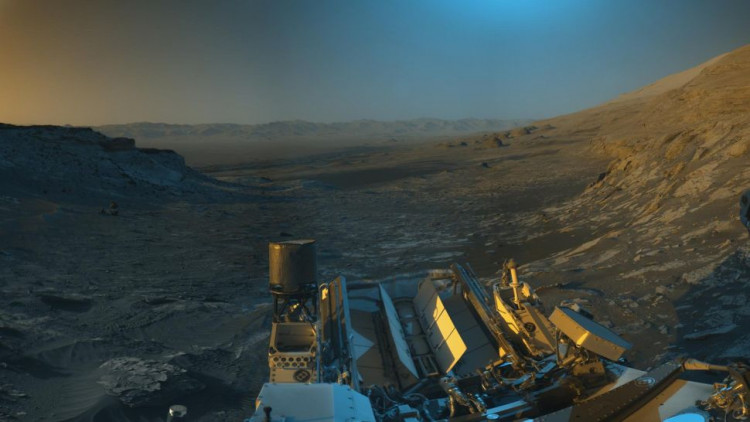NASA's Marsquake-seeking lander is cramming as much information as it can into limited power supplies, but its mission is set to end in a few months.
According to officials, the Mars lander InSight is dealing with a long-term buildup of dust on its solar panels and is down to one-tenth of its available landing power of 5,000 watt-hours.
Flight controllers will keep an eye on InSight until the end of the year before calling it quits.
"There really hasn't been too much doom and gloom on the team. We're really still focused on operating the spacecraft," Jet Propulsion Laboratory's Bruce Banerdt, the principal scientist, said.
Since landing on Mars in 2018, InSight has identified over 1,300 quakes, the most recent of which was a magnitude 5 two weeks ago.
It will be NASA's second Mars lander lost to dust, after Opportunity was destroyed by a global dust storm in 2018. In the case of InSight, it's been a slow accumulation of dust, especially over the last year.
Following failed attempts by spacecraft such as Viking, InSight landed on Mars in November 2018 and made unparalleled measurements of seismic activity on the Red Planet. InSight has reported its largest-ever quake on Mars, among 1,300 others it has detected since arriving at Elysium Planitia.
The mission enabled scientists to precisely establish boundaries on the thickness of the crust and the size of the core, which Banerdt described as the project's crowning achievement.
The lander did not have a secondary mechanism to clear off dust, such as motors or brushes, due to weight and power considerations. In 2021, engineers were able to remove a piece of a solar panel by pouring sand on the lander and allowing the wind to blow it across the panel to clean some dust. However, in the absence of a strong gust of wind from a neighboring dust devil, InSight was forced to contend with sandy accumulation.
To save power, the mission's arm will be placed in a "retirement pose" this spring, in an inverted V-shaped position to take images of the seismometer once it is no longer instructed to move from Earth.
The mole, another science device, was scheduled to burrow 5 meters below to detect Mars' interior temperature. However, because of the unusual nature of the red dirt, the German digger never sank deeper than a few meters and was declared dead at the beginning of last year.





